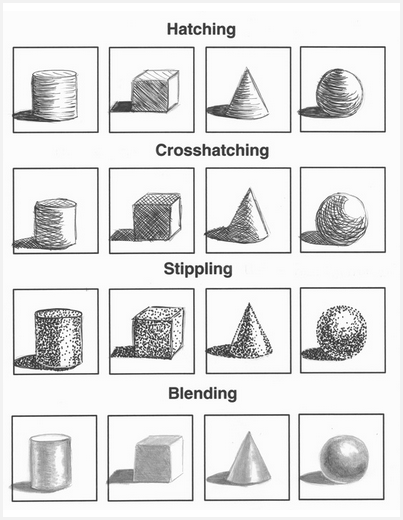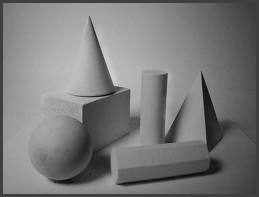PDF File
DRAWING
Unit Overview
Drawing is the most basic of all artistic skills. It is the basis of almost every other artistic endeavor and is extremely important to master if you expect your art to improve. Drawing can be done just about anywhere and with very few supplies. In this unit, you will learn about various drawing techniques and the media used to create them. Then, you will create some drawings to submit digitally.
Drawing Basics
People have been drawing for centuries. Some people draw for the pure enjoyment of it, or as a hobby. Others must draw as part of their career. Regardless of the reason, drawing is a very useful skill to develop. Many artists keep sketchbooks of their ideas to use for future projects.
It is not uncommon for an artist to draw several sketches before ever actually creating a meaningful piece of art. Think of it as a planning stage.
When you have a writing assignment, you are encouraged to write a rough draft first, and then you go back over it looking for mistakes or things you may want to change. Artists in many different fields do the same thing.
Painters and sculptors use drawing skills to layout their designs before ever picking up a paintbrush or a chisel. Photographers often sketch an idea before composing a shot. Architects create renderings, or a detailed two-dimensional drawing of a three-dimensional building throughout the building process.
These renderings are shown to clients every step of the way to insure that they are happy with the finished project since most architectural structures are so expensive. Applied artists such as fashion designers, furniture designers and automotive designers also use drawing to work through their ideas before spending any time or money on actually creating their projects.
For some artists drawing isn’t just a first step in the creative process, it’s the end goal. For example, some illustrators draw pictures to help tell the story that an author writes.
Others draw pictures for textbooks or mechanical designs to help consumers put together items that may state “some assembly required”.
Still others may create beautiful drawings to decorate the walls of our houses or to hang in a museum. No matter what their purpose may be, drawings are important in many facets of our lives.
Drawing Media
If you were to walk into any art supply store you would see a very large display of drawing media to choose from. Remember, media is the plural form of medium which is the word artists use to describe the art supplies they use. It’s important to choose the right media for the type of drawing you’re planning to make, otherwise you may not be happy with the results.
For example, if you want to mix colors and shade your drawings, you should choose a medium that is soft and can be blended easily. Chalks and charcoals are perfect for this type of drawing.
If you want to draw crisp, sharp lines, pens and markers are not for you. Pencils can do both jobs.
Most people don’t realize that there is a wide variety of pencils to choose from. The lead or graphite in a pencil is ranked based on how hard or soft it is. Hard leads are labeled with an “H” and will produce light, crisp lines. Soft leads are labeled with a “B” and will make dark lines that are easily blended. “H” pencils with high numbers make the lightest lines, and “B” pencils with high numbers make the darkest lines.
Experimenting with Drawing Techniques
The techniques “Line”, “Shape and Form”, “Shading and Value” and “Creating the Illusion of Depth” are used regularly by artists when creating drawings. You will be using them as well, so you’ll need to look back at those sections and examples to refresh your memory.
Experiment with the 5 main types of drawings. Click here to review the “Line” technique. Pick one household item and try to sketch it in the following styles: blind contour, contour, modified contour, calligraphic, and gesture.
5 MAIN TYPES OF LINE DRAWINGS |
| |
|
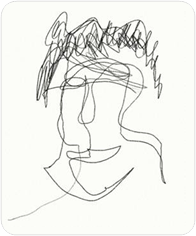
BLIND CONTOUR
|
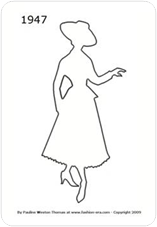
CONTOUR
|
| |
|
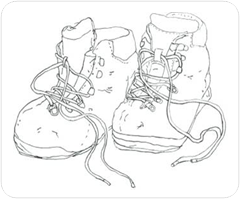 MODIFIED CONTOUR MODIFIED CONTOUR
|
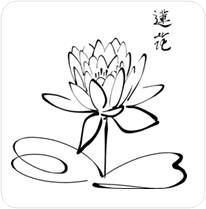 CALLIGRAPHIC CALLIGRAPHIC |
| |
|
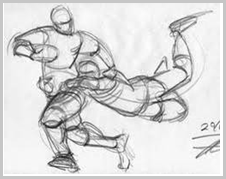 GESTURE GESTURE
|
|
Click here to review the “Shape and Form” technique and then try to draw the 4 basic forms (cone, cube, sphere, and cylinder) in a three-dimensional manner. Try drawing each 3D form a little different each time – stretch the square cube into a rectangular one, change a circular sphere into an oval one, experiment with the angles of your cones to make them tall and skinny or short and fat, make some cylinders very tall and narrow like a straw and others short and wide like a hamburger bun. Now, add a light source and the shading techniques. Click here to review the “Shading and Value” (highlight, shadow side, cast shadow and core) to really make your drawings come to life!
Try all of the four shading techniques (hatching, crosshatching, stippling, and blending).
Finally, tie it all together by creating a composition of your shaded forms using some of the techniques for creating the illusion of depth from “Creating the Illusion of Depth” (overlapping, size, focus, placement, atmospheric perspective, and linear perspective). Click here to review ”Creating the Illusion of Depth”.
The more you practice these basic skills, the better your drawings will become. If you can draw and shade the basic forms, then you can apply those same principles to other more complicated objects. Remember, no one is an expert the first time they pick up a pencil. Keep at it until you can see some improvement. A good way to do this is by keeping a sketchbook of all your drawings. It doesn’t have to be anything fancy, just don’t use lined notebook paper. These drawings will be needed when you are ready to take the test for this unit.

Below are additional educational resources and activities for this unit.
Unit 10 Resource 1
Unit 10 Resource 2






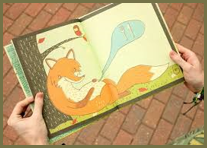
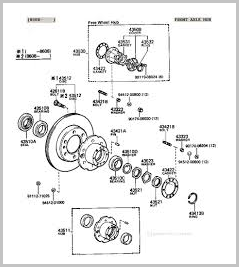
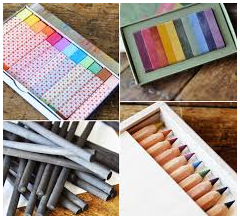
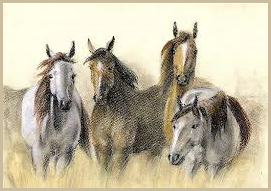
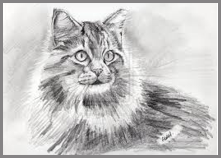
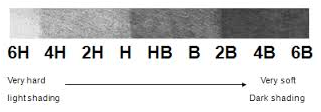
 CALLIGRAPHIC
CALLIGRAPHIC
